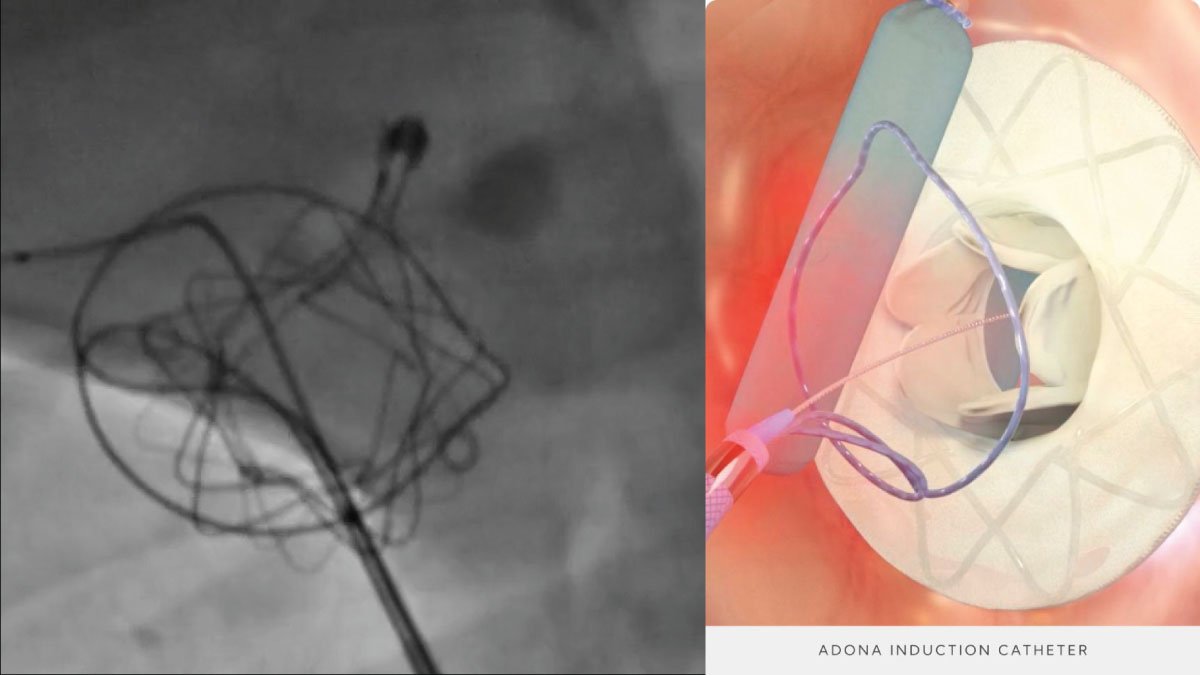Oral Cancer Detection Camera Developed by UC Irvine Researcher

A revolutionary breakthrough from UC Irvine could change the game in detecting oral cancer detection camera. A recently created camera is set to spot cancer at its earliest stages, potentially saving many lives by catching it in time.
UC Irvine’s Cutting-Edge Oral Cancer Detection Camera
Scientists at the University of Arizona’s Wyant College of Optical Sciences and the director of dentistry at UC Irvine’s Beckman Laser Institute & Medical Clinic, have introduced a state-of-the-art oral cancer detection camera. This game-changing device, crafted by the experts at UC Irvine’s Beckman Laser Institute & Medical Clinic, is poised to alter the way oral cancers are identified, providing a non-invasive and highly precise method for spotting them early.
How the Oral Cancer Detection Camera Works
This camera uses cutting-edge imaging tech to highlight tissue that might be missed during a typical oral exam. By picking up on slight changes in the mucosal tissue, the device makes it possible to diagnose earlier, which is key for better treatment results. The innovation is especially promising for use in regular dental visits, where it could be added to routine check-ups, ensuring any signs of cancer are caught early when they are most treatable.
Why This Camera is So Special
The main perk of this camera is its ability to provide instant, high-quality images that can spot cancerous changes in the mouth before they’re noticeable to the eye. This early detection feature is crucial for boosting survival rates, as oral cancers found early have much better outcomes.
Furthermore, the oral cancer detection camera is designed to be easy to use, making it simple for dental professionals to integrate it into their everyday work without needing a lot of training. This ease of use ensures that the technology can be widely used, making it more common for early cancer detection and easing the strain on healthcare systems.
Another big plus is that the camera is non-invasive. Traditional ways of finding oral cancers often involve taking biopsies and other invasive procedures, which can be uncomfortable for patients. This camera, however, offers a non-invasive option that is not just more comfortable but also faster, providing quick results and reducing the stress on patients.
Where This Technology Could Go
The potential uses of this technology go beyond just spotting oral cancers. The same concepts could be applied to find other types of head and neck cancers, expanding its use in different areas of cancer research. As the technology improves, we can expect to see the creation of even more advanced imaging tools that could detect a broader range of cancers and other diseases at earlier stages.
Conclusion
The creation of this innovative oral cancer detection camera by UC Irvine represents a major step forward in the battle against oral cancer. By offering a non-invasive, precise, and straightforward tool for spotting cancer early, this technology has the potential to save lives and transform the field of cancer diagnostics. As this technology continues to progress, it will likely lead to further breakthroughs in early cancer detection, setting the stage for a future where cancer is identified and treated before it has the chance to spread.




















